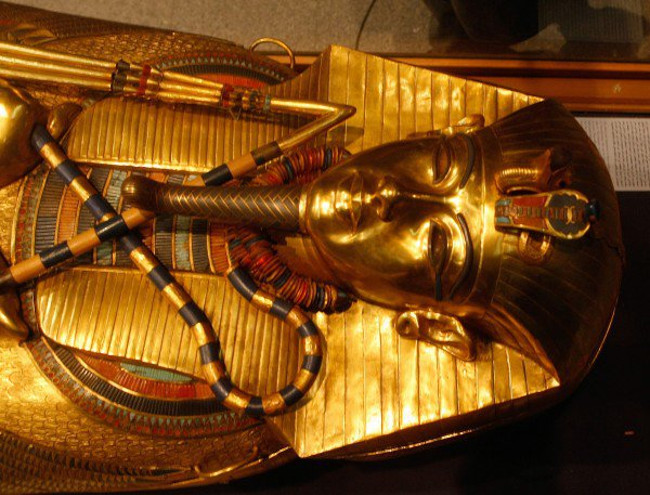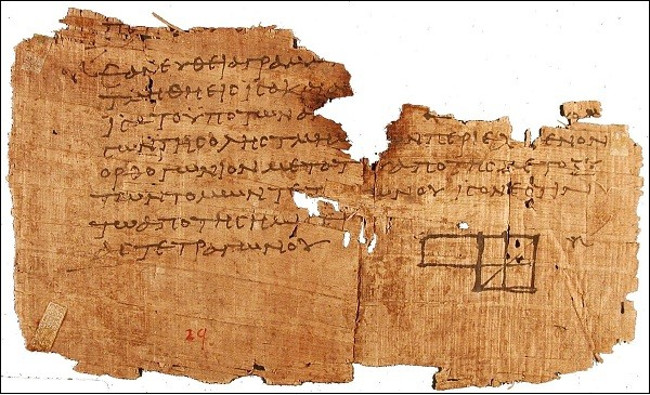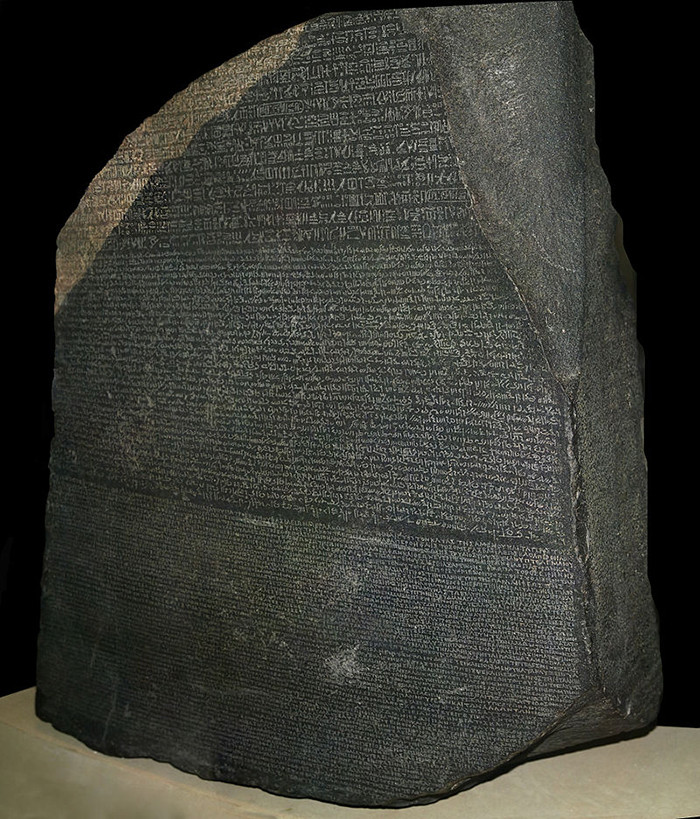The groundbreaking archaeological findings about ancient Egypt
So far, archaeologists have made many important discoveries about ancient Egypt: tombs, mummies, pyramids, inventions before time . Around them there are always mysteries. strange makes scientists headaches.
Tomb of pharaoh Tutankhamun
Tutankhamun was an 18th-century Egyptian emperor who was enthroned since he was young and died when he was only 18 or 19 years old.
In 1922 the famous pharaoh's tomb, Tutankhamun (also known as King Tut), was discovered by archaeologist Howard Carter and his archaeological group in the Valley of the Kings , Luxor, Egypt. This discovery is an important milestone in archaeological history.

Experts have discovered huge treasures with hundreds of extremely valuable artifacts, including the golden mask of pharaoh Tutankhamun inside the tomb.
They used modern technology to analyze Tutankhamun's mummy and discovered that the legendary pharaoh had some health problems and had to use a walking stick to move. But the cause of the sudden death of young Pharaoh Tutankhamun is still a controversial mystery. Some suggested that he was assassinated, but there was evidence that he died of illness.
 Inside Tutankhamun tomb
Inside Tutankhamun tomb
Paper books at Oxyrhynchus

Oxyrhynchus is a city in the south of Egypt in ancient times. During that period, the people here after finishing writing the texts often throw them into the dug excavated.
It is the debris in the desert that is hot and dry, which is a very good environment to preserve these ancient documents , making them nearly intact for nearly 2 millennia.

Between 1896 and 1907, archaeologists Bernard Grenfell and Arthur Hunt discovered more than 500,000 ancient documents written on papyrus dating to about 1,800 years old at Oxyrhynchus.
Rosetta Stone
Rosetta Stone is an ancient Egyptian stone tablet made of granodiorite, written by Egyptian priests in support of the pharaoh Ptolemy V (then 13 years old) who ruled the country dating back to the year 196. BC
Rosetta Stone was found by a French soldier while digging out sand in Egypt in 1799.

The special thing of Rosetta Stone is the message on this rock written in 3 languages: Egyptian hieroglyphics, Demotic language and ancient Greek . Before Rosetta Stone was discovered, archaeologists only knew the ancient Greek language.
Based on the ancient Greek language, experts and scientists decipher the remaining two languages. So far, Rosetta Stone has become one of the greatest discoveries of archeology and a fundamental source of discovery for Egyptian hieroglyphs .
You should read it
- Discover the mysterious mummification process of the ancient Egyptians
- Excavation of a thousand-year-old Egyptian tomb reveals the mummy in an 'intact' state.
- Ancient ancient embankment found in Aswan, Egypt
- The 'eccentricities' are only found in ancient Egypt
- The mummy found in the tomb of Elephantine may be at the end of the ancient Egyptian period
- Mysterious curse of Egyptian Pharaoh - Tutankhamun (part 1)
- Greco-Roman mummy was discovered in Fayoum
- Egypt's 7000-year-old city may shed light on the earliest civilization in the Nile valley
May be interested
- Discovered the 2800-year-old ancient seed found in Turkey
 many ancient seeds of 2800-year-old wheat and sesame seeds found in turkey are intriguing archaeologists.
many ancient seeds of 2800-year-old wheat and sesame seeds found in turkey are intriguing archaeologists. - The discovery of an ancient Persian stele carved from King Darius I in Russia
 an active archaeological group funded by russian billionaire oleg deripaska announced the discovery of an ancient persian stele containing the sacred message of king darius i.
an active archaeological group funded by russian billionaire oleg deripaska announced the discovery of an ancient persian stele containing the sacred message of king darius i. - Rescue workers picked up 900-year-old oil lamps at sea
 when walking on the beach, a lifeguard accidentally picked up an old kerosene lamp that was about 900 years old.
when walking on the beach, a lifeguard accidentally picked up an old kerosene lamp that was about 900 years old. - The second time the ancient fossil '3 in 1' was discovered
 the fossil kept intact the history of a prehistoric war: a small insect inside the lizard, and the lizard was in the belly of a snake.
the fossil kept intact the history of a prehistoric war: a small insect inside the lizard, and the lizard was in the belly of a snake.




 Ancient ancient embankment found in Aswan, Egypt
Ancient ancient embankment found in Aswan, Egypt Egypt's 7000-year-old city may shed light on the earliest civilization in the Nile valley
Egypt's 7000-year-old city may shed light on the earliest civilization in the Nile valley The ancient 3,300-year-old tunnel was discovered in Turkey
The ancient 3,300-year-old tunnel was discovered in Turkey The 'eccentricities' are only found in ancient Egypt
The 'eccentricities' are only found in ancient Egypt Ancient artifacts of ancient Egypt were discovered in Tel Al-Pharaeen
Ancient artifacts of ancient Egypt were discovered in Tel Al-Pharaeen